SEGA’s Motorsport Manager Takes You Behind-the-Scenes of Open-Wheel Racing
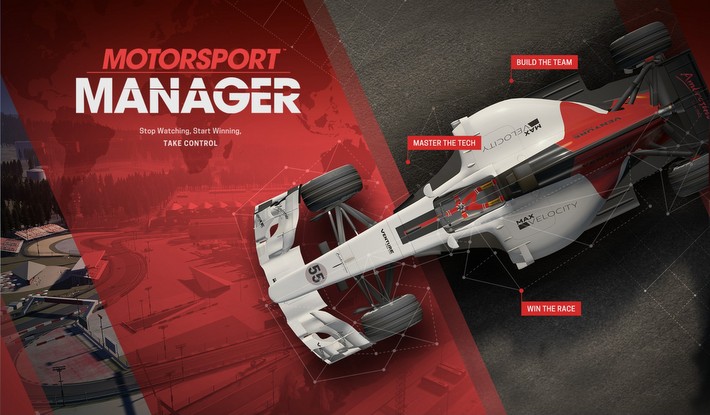
As racing fans, we only get to see a small fraction of what it takes to successfully campaign a professional motorsports team, and most storylines only follow drivers or on-track action. But in reality, there’s a small village at work behind the scenes, and one of SEGA’s latest games, Motorsport Manager, is taking these unseen and lesser-known efforts and putting them in the limelight.
Developed by Playsport Games and published by SEGA, Motorsport Manager thrusts players into the drama-filled world of open-wheel racing and explores the challenges of growing a middle-of-the-pack team into a financial and competitive giant.
In preparation for the Fall 2016 release of the game, SEGA hosted an intimate preview event in downtown Los Angeles where journalists and special guests could try their hand at commanding a virtual multi-million dollar racing team.
Former Formula 1 driver and reigning Global Rallycross champion Scott Speed also joined in on the festivities as the official U.S. brand ambassador for Motorsport Manager, and proved to be the man to beat when it came to running a successful race in the game.
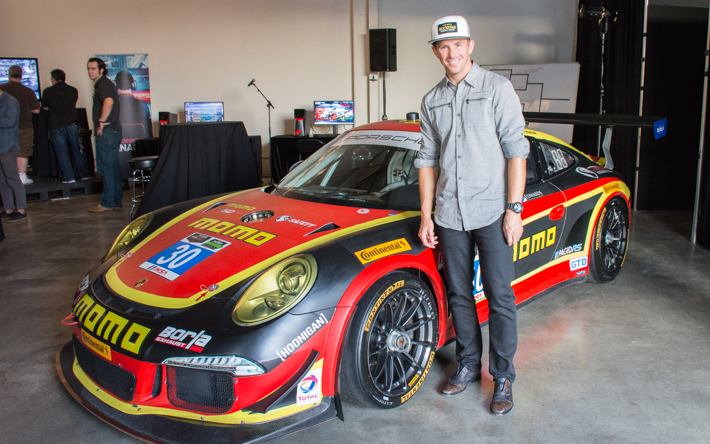
Red Bull Global Rallycross Champion Scott Speed.
Historically, racing and driving simulators have always placed the player in the driver’s seat, actively piloting the car and battling for position. But Motorsport Manager aims to change that formula by providing a refreshing and equally thrilling take on the action.
“It’s a game from a different perspective,” said Sam White, art director and co-founder of Playsport Games. “It’s great to see the cars from a bird’s-eye view, to see people overtaking and the different pit strategies in use. You won’t get all of this when you’re playing from behind the wheel.”
And as exciting as the wheel-to-wheel action is, it’s actually only a fraction of the game.
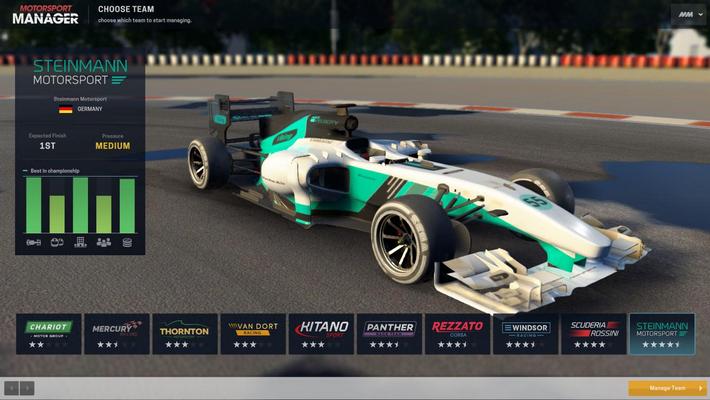
After a quick in-game tutorial, you start your career by creating an avatar and choosing a team to manage. Each team has different strengths and weaknesses, and they also have expected finishing positions based on their previous performance.
Once you’ve been “hired” as a manager, you’ll begin an open-ended career with the freedom to shape the team into your own vision of success.
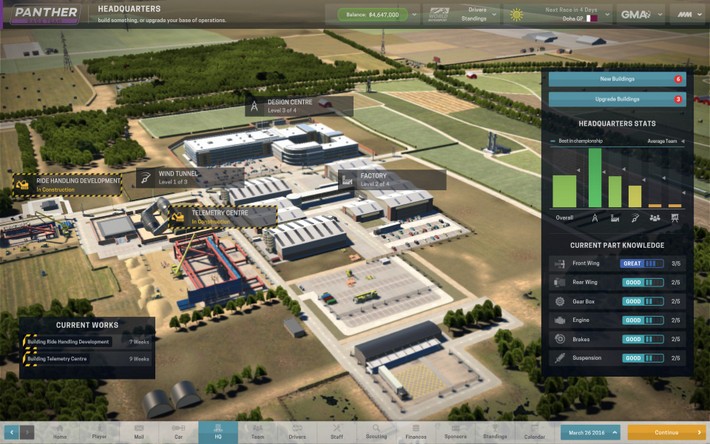
Throughout your journey, a plethora of opportunities and challenges await your resolution, from upgrading the team’s headquarters to recruiting new staff members to redesigning parts on the car. And let’s not forget that you also have to manage the team’s finances — there are normal operating as well as race weekend costs, and good talent doesn’t come cheap.
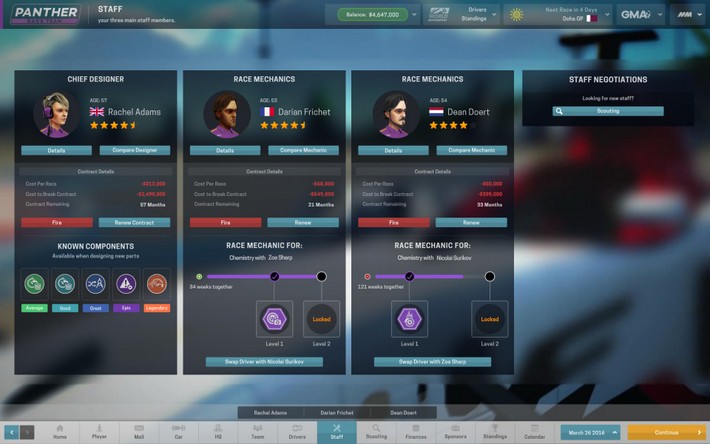
In the long run, keeping your checkbook balanced is a breeze compared to handling the various personalities on the team. Your star driver may lose focus during a race thanks to extracurricular activities like writing an autobiography or excessive partying, or the car may not be in the best condition due to a rift between mechanic and chief designer.
Just like in real life, there’s never a correct answer, but how you handle each of these situations — by reprimanding, ignoring or supporting — will affect different attributes of the staff, for example, morale or inter-personal chemistry. It’s these relationship-based scenarios that really add life to the game, and makes each play-through different from the last.
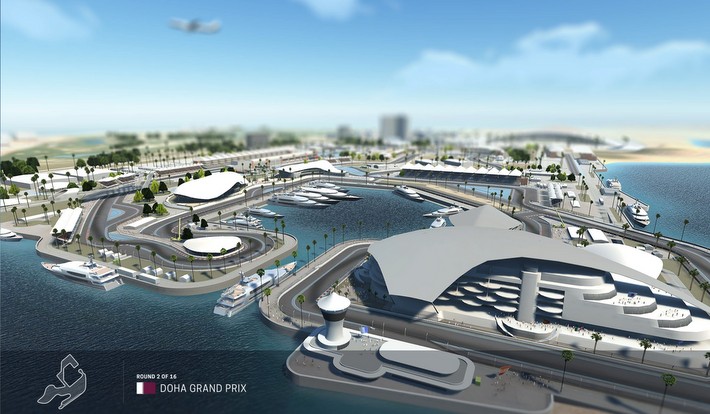
Your driver’s experience and willingness to be a team player really starts to show on race weekends where each lap completed during practice gives more knowledge about the track, and translates into feedback for how you should tune the car.
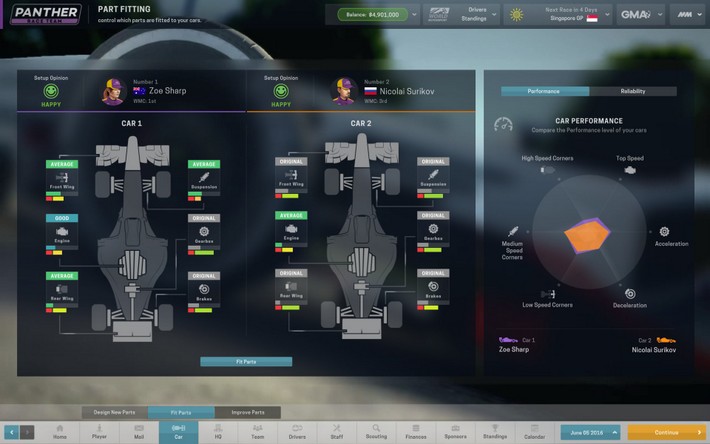
Once things are dialed in, it’s off to qualifying and the actual race itself — this is where your involvement as a team manager can sway the flow of battle.
As the race progresses, you’ll monitor things like tire wear, fuel burn and component degradation as well as adjust individual driving styles and engine modes. Choosing the right style and turning up the engine at crucial moments will help with overtaking, but it comes at a cost of accelerated tire wear and fuel usage.
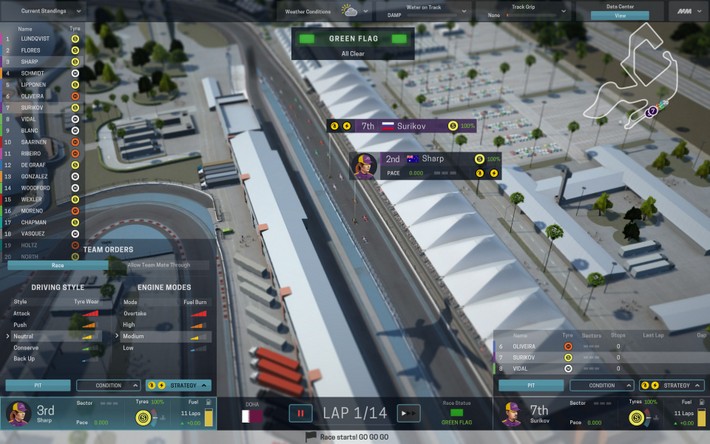
Implementing a balanced strategy, being aware of the rest of the field and making the right calls — “Do I replace the front wing and risk getting passed in the pits or push it to the end of the race?!” — will determine the difference between a good and a great result.
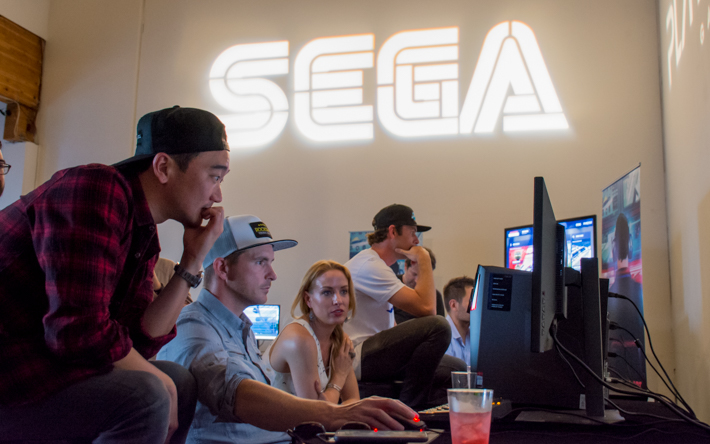
(L-R) Fred Chang, Scott Speed and Erica Denning playing an intense round of Motorsport Manager.
Watching your race preparations and strategies unfold in real-time is extremely satisfying, and Motorsport Manager does a great job of making you feel fully-invested in the progress of the drivers and team. It’s eye-opening just how much work goes into a single race weekend.
“Most casual race fans have no idea any of this exists,” said Speed. “You just have to play this game a little bit to realize that the finishing position had a lot to do with behind-the-scenes activity and elements that go way beyond just driving the race car.”
Motorsport Manager will be available for PC, Mac and Linux beginning Fall 2016, and features 16 real-world-inspired tracks along with 30 unique race teams spread across three distinct series.
Visit the official Motorsport Manager website for more insight into the creation of the game and to pre-order your copy at 10% off retail price.
